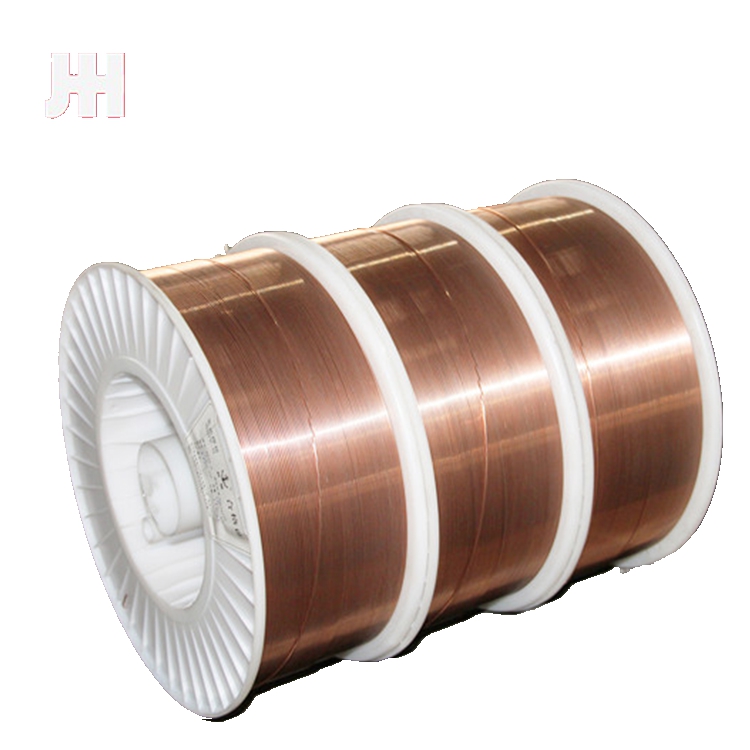arc welding electrodes
Arc welding is a widely used industrial process that involves the fusion of metals through electrical arc generation. At the heart of this process are arc welding electrodes, which play a crucial role in determining the quality and efficiency of the weld. This article will explore the various aspects of arc welding electrodes, including their types, materials, and applications.
Arc welding electrodes come in two main categories consumable and non-consumable. Consumable electrodes, such as those used in Shielded Metal Arc Welding (SMAW) and Gas Metal Arc Welding (GMAW), melt during the welding process and become part of the weld joint. Common examples of consumable electrodes include E6010, E7018, and ER70S-6, each designated by a specific classification that indicates their composition and intended applications. These electrodes often contain a flux coating that helps to stabilize the arc, protect the molten metal from contamination, and improve the mechanical properties of the weld.
On the other hand, non-consumable electrodes, like those used in Tungsten Inert Gas (TIG) welding, do not melt during the welding process. Instead, they provide the arc while the filler metal is added separately. The most common non-consumable electrode is tungsten, which is praised for its high melting point and ability to produce a concentrated arc. This makes it suitable for welding thin materials and attaining precise control over the heat input.
The materials used in arc welding electrodes significantly affect their performance and application suitability. For instance, low alloy steel electrodes are typically used for general fabrication, while stainless steel electrodes are preferred for applications requiring corrosion resistance. Specialized electrodes, such as those containing nickel or cobalt, are utilized for high-strength or high-temperature applications.
arc welding electrodes

In addition to material composition, the diameter of the electrode also influences the welding process. Thicker electrodes are suited for heavier materials or imperfections, as they provide higher deposition rates, while thinner electrodes are better for intricate or detailed work.
When selecting arc welding electrodes, one must consider factors such as the base material, the welding position, and the desired mechanical properties of the weld. For example, E7018 electrodes are preferred for structural welding because of their low hydrogen content, which minimizes the risk of cracking in thicker sections.
In conclusion, arc welding electrodes are paramount in achieving high-quality welds across various applications. Understanding their types, materials, and specifications enables welders to choose the most suitable option for their projects. With advancements in technology and materials, the future of arc welding electrodes promises even greater efficiency, precision, and versatility, benefiting industries ranging from automotive to aerospace and beyond.
-
Gasless Stainless Steel MIG Welding Wire High-Quality Flux-Core SolutionNewsMay.17,2025
-
E6011 Welding Rod Meaning High Penetration & Versatile UseNewsMay.17,2025
-
High-Quality CS to SS Welding Electrodes 7016 Durable & Corrosion-ResistantNewsMay.16,2025
-
045 Flux Core Welding Wire High-Strength, Durable MIG Welding SolutionNewsMay.16,2025
-
Low Hydrogen Electrodes Types, Benefits & Durable Welding SolutionsNewsMay.15,2025
-
High-Durability 1.2mm Flux Cored Welding Wire Factory Direct SupplierNewsMay.15,2025


